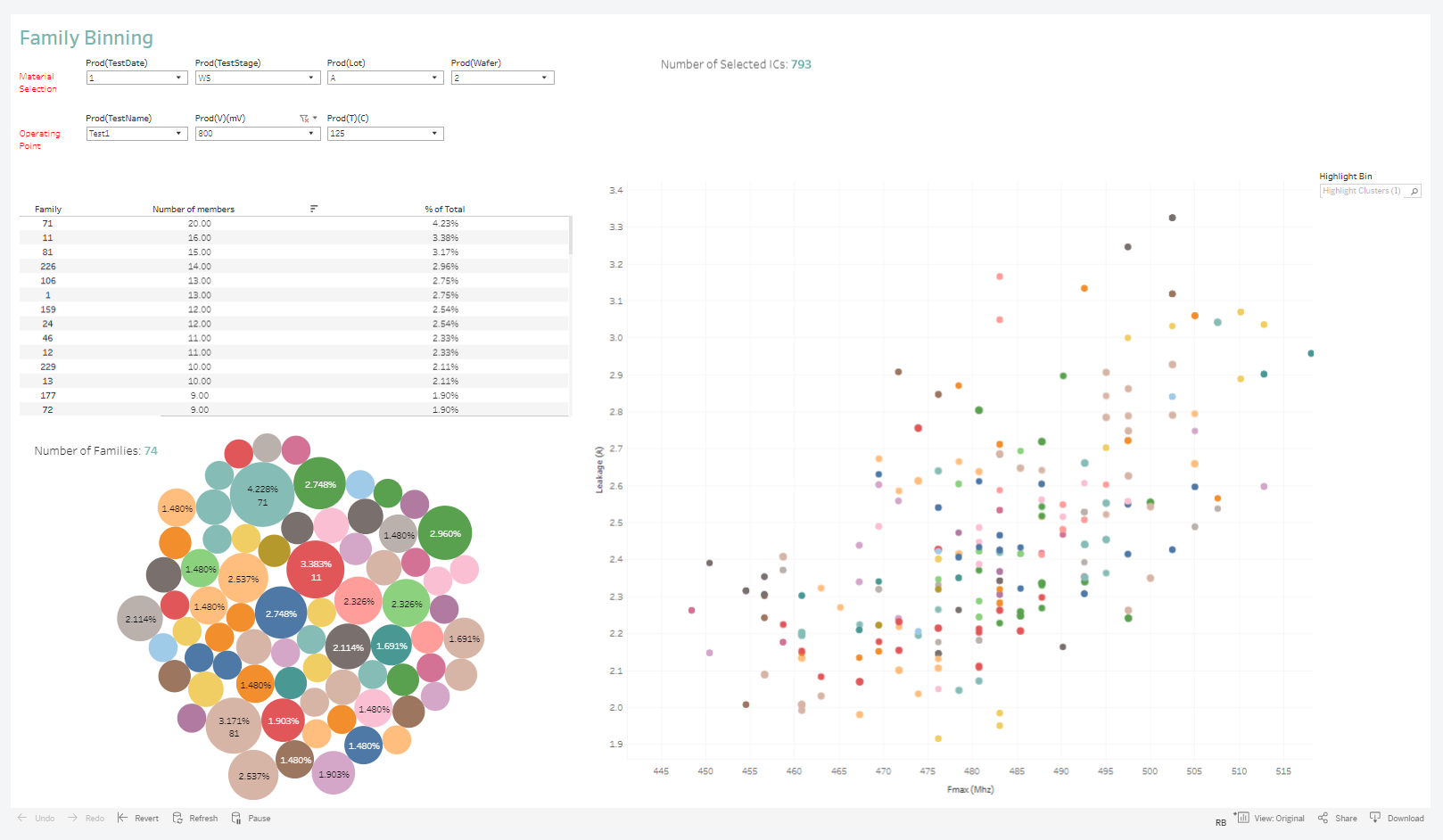Today’s consumers have little appetite for networks that go down, for electronic devices that fail, and for any kind of digital service that doesn’t deliver as promised every time. Reliability is no longer a nice-to-have; it’s a key feature. The continued scaling of advanced electronics and chip manufacturing technologies, however, makes reliability harder to achieve – even as expectations rise. The traditional approach to meeting reliability requirements involves bulked up circuits and redundancy – approaches that add to system costs and work against the benefits of scaling. The industry is crying out for a way to meet reliability and performance needs while bringing down costs.
Many reliability failures occur deep inside the circuits. Reliability could be improved at no or low cost if brand owners can gain better insight into what’s happening within ICs, the core component of electronics. Such an approach would offer loads of data about how a circuit is performing – including advance warning of failure. Under the hood visibility would be useful not only to end users: it would benefit stakeholders at every stage of a chip’s lifetime.
Such visibility can be achieved by continuously tracking electronics and bringing insights to light via advanced analytics, which provide deeper, more advanced understanding of patterns, trends, and themes that may be hidden within data. Electronics OEMs and service providers that want to stay ahead of the curve must adopt new data-driven technologies to ensure field reliability and uninterrupted service. The biggest names in the industry want visibility into their chips. Naturally, it’s about how they degrade in the field, but it’s not just that; data granularity that comes with on-chip monitoring ensures high coverage of critical parameters. This increases quality by an order of magnitude, weeding out false-positive/ false-negative outliers, systematic issues, latent defects and so much more.
proteanTecs has introduced a new approach to IC visibility by applying a multitude of advanced analytics to data created by in-circuit monitors and sensors. The technology harnesses machine learning algorithms to inference and correlate huge datasets from all stages of production and lifetime operation.
The broadest range of analytics applied comes from data mining. Clustering analysis, anomaly detection, trend detection, and regression analysis bring a variety of benefits for process control and predictive maintenance.

proteanTecs’ analytics platform, Proteus™, starts with clustering analysis, which establishes device “Families”. The parameters that establish a family could be performance, power, robustness– any characteristic that results in natural groupings. While there’s nothing new about binning based on performance, family-based clustering allows for much finer binning based on many characteristics, at a much earlier stage of the production process.
Once device Families are established, anomaly detection is used to do a better job of identifying performance outliers. As low device in a slow Family may not be an outlier, but it would be an outlier in a fast Family. This helps to achieve tight DPPM quality results by rejecting outliers that might have otherwise been accepted.
Process engineers monitor Families of devices throughout the manufacturing and testing flow, and identify systematic shifts in performance using trend detection. These shifts can cause significant yield losses, shipment delays, higher cost of goods sold, and lower quality. Clustering of products into Families allows for a high-resolution classification that can detect systematic shifts early. The data can then provide clues as to the cause of the shift, including inter-machine or inter-operator variability. Ultimately, this results in higher yields, better quality, and faster time-to-market.
Distribution Fitting feeds real manufacturing data back into design models for better matching between design simulation and final measured results. This ensures that the silicon models designers rely on in their simulations will accurately reflect the manufacturing process that they’re targeting.
Finally, predictive and prognostic analytics give system users the ability to perform predictive maintenance. Proteus allows users to understand what is likely to happen so they can take corrective action. Each deployed system transmits data as it operates. Data analytics predict the effects of aging, environmental stresses, or any other phenomena that can cause degradation and, ultimately, lead to device failure. Being able to monitor as the device ages gives maintenance teams a chance to replace the device or its modules in an orderly fashion, before it fails. Accurate prediction allows continuous system operation, with the possibility of planning scheduled maintenance at the most convenient and inexpensive time. The benefits are service reliability and availability, increased system lifetime, increased safety and lower maintenance costs.
Avoiding inherent statistical bias when collecting data from the different manufacturing and testing stages is a key factor to success. Since insights are gained from what is often circumstantial data, a lot of effort needs to be put into data purity. Non-essential factors that can creep in, and machine learning and system domain expertise must know how to filter them out. By extracting vital fundamental measurements directly from the chip, Proteus analyzes information directly related to its power, performance and quality. To this end, circuit sensors and monitors are integrated into the hosting design, which pick up the cleanest information directly from the underlying electronics to feed algorithms with distilled data. Results are derived not from mere correlation or externally observed data, but from specific, pertinent parametric data as measured directly inside each device during manufacturing, testing, and operation.
As reliability requirements arise and quality targets become harder to achieve, advanced analytics are needed to support the entire life cycle of a silicon chip, from design to retirement. With advanced analytics come advanced outcomes:
In-circuit monitoring, combined with advanced analytics, completely changes the reliability game. Service providers and manufacturers no longer need to trade between performance, reliability, and cost. All three can be optimized together, with everyone enjoying improved outcomes.